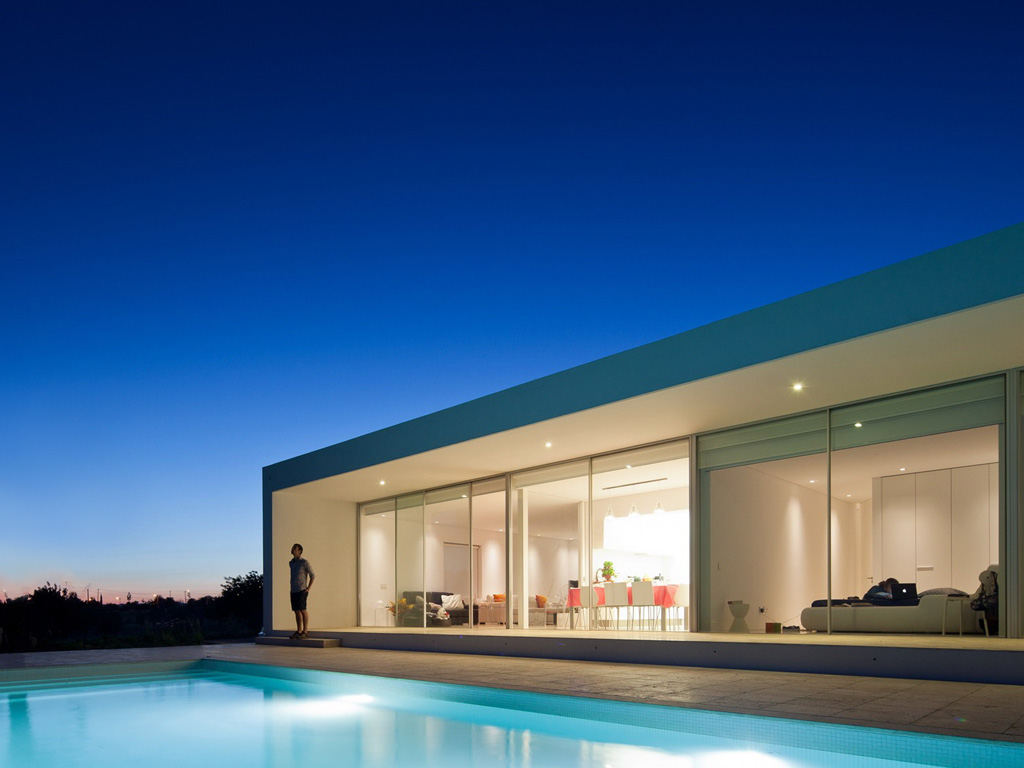

Raspenava kindergarten is situated on the exact location of the former kindergarten devastated by the 2010 floods.
It is a modern institution for 100 children, divided into 4 sections.
The kindergarten has all the necessary facilities - parking for 17 personal vehicles including a disabled parking place, cafeteria, boiler room, air-handling equipment room, etc.
In terms of volume, the building is constructed as an intersection of rectangular masses. The facades reflect the purpose and disposition of the interior space.
The entrance and administrative two storey mass with a green plaster fulfils the role of a lighthouse - it invites visitors to come in.
The main single storey masses of play rooms and adjacent facilities are covered by vertical board facing.
The single storey building, where the kitchen and the technical facilities are located, is not supposed to stick out - this effect is also reached by the use of a gray plaster.
Disposition of the complex relies on minimization of communication areas and maximization of open spaces and accessibility.
That is why the building is a one-storey barrier-free block with almost no corridors and maximised openness towards the exterior.
Big glass surfaces provide views of the garden and the surrounding landscape and are a source of thermal benefits and natural sunlight.
Eventual undesired room overheating is solved by electric exterior blinds.
The disposition is designed in line with the operational needs of individual kindergarten departments.
Interior spaces are designed to fit the needs of small children.
Spaces were created to be modern, user-friendly and aesthetically attractive for children.
As there are four departments, four basic colours are combined with neutral white and gray, and wood texture.
The facade combines a contact insulation system with 160 mm thick wool, and sandwich constructions with ventilated gaps with 100 mm mineral thermal insulation.
The contact system is covered by a thin-layered coloured plaster.
The sandwich construction is sheathed by a double vertical decking in the following manner: the upper layer is arranged with 10 mm gaps between individual boards.
The boards are made out of so called thermowood (thermally-processed pine wood). Board cladding with hidden joints and anchoring was an interesting design.
